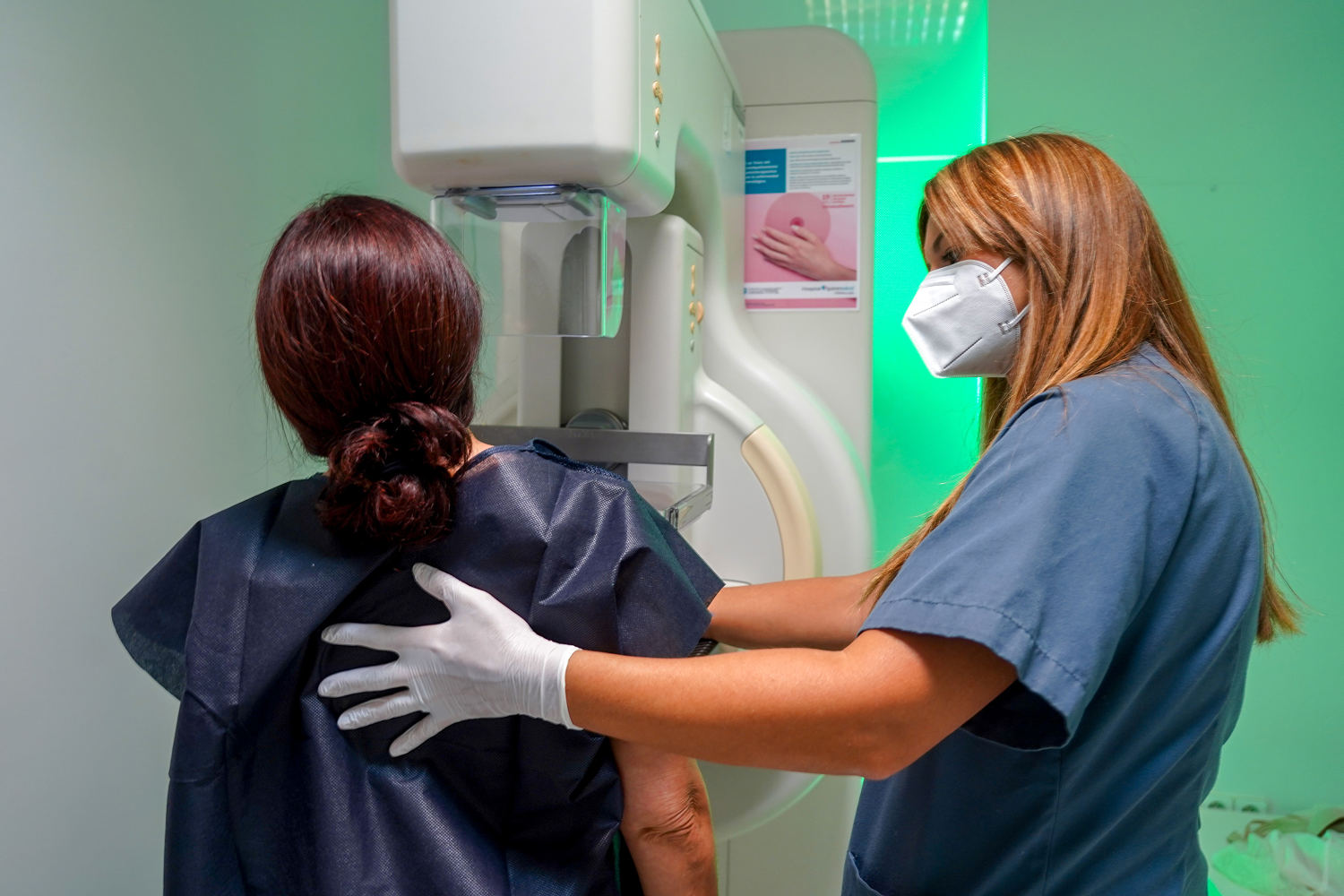
In 1992, men had a 1.6 times higher risk of being diagnosed with cancer than women. But as of 2021, the risk is nearly the same, according to a report released Thursday by the American Cancer Society.
The report highlights that in the United States, the cancer burden is shifting from men to women (a narrowing of the gender gap) and from older adults to younger adults.
The report found that for the first time, cancer rates among women aged 50 to 64 exceeded those among men. In 2021, cancer rates among women under 50 are also 82% higher than among men of the same age, up from 51% higher in 2002. This trend may be due in part to rising rates of breast and thyroid cancer in younger women, as well as declining rates of melanoma, non-Hodgkin's lymphoma, and prostate cancer in men under 50 over about 20 years.
"The bottom line is: We are having more cancer overall, especially in younger people and especially in women," said Dr. Arif Kamal, chief patient officer for the American Cancer Society.
"Ten years ago, men were 50 percent more likely to develop cancer than they are now," he said. "Today, it's almost close to flat, and it's a combination of two things: cancers are decreasing in men, but importantly, cancers are increasing in women."
The report also found that while lung cancer cases declined overall from 2012 to 2021, the decline was slower among women, most likely because women were slower to start smoking heavily and quit smoking, the American Cancer Society said.
"For the first time, if you are a woman under 65, you are more likely to develop lung cancer than a man," Dahout told reporters.
Overall, the report predicts 2,041,910 cancer cases will be diagnosed this year, slightly higher than last year's forecast.
However, more cancer cases do not mean more deaths: Cancer death rates fell by 34% from 1991 to 2022, the report said. It attributed the positive news to early detection of some cancers, better treatment options and reduced smoking.
Dr. Neil Iyengar, an oncologist at Memorial Sloan Kettering Cancer Center, said part of the reason is immunotherapy — a method that harnesses the body's immune system to fight disease. Genetic sequencing also helps doctors better match patients with appropriate treatments, he said. New antibody drugs could help make chemotherapy more effective while reducing side effects.
As for why the cancer burden shifts more to women and younger people, it's difficult to pinpoint a specific reason, said Dr. Jennifer Litton, vice president of clinical research at MD Anderson Cancer Center in Houston.
"If someone says, 'I know this is because of X, Y or Z,' it's really hard to figure out the answer from a lot of data," said Litton, who was not involved in the report.
Several doctors said the trend may be related to lifestyle factors such as alcohol consumption, lack of exercise and a diet rich in ultra-processed foods, all of which increase cancer risk.
"Ten years ago, we thought cancer was a product of bad genes or bad luck. Now we know that about half of all cancers are a product of lifestyle," Kamal said. "There are 13 different cancers linked to being overweight. There are seven different cancers linked to drinking alcohol."
Obesity "is now the leading cancer risk factor of our time," Iyengar said. According to the American Cancer Society, being overweight causes about twice as many cancer cases in women as in men. Particularly among younger women, the incidence of endometrial cancer, which is closely related to obesity, has increased.
"People in their 40s and 50s today are more likely to develop obesity-related cancers than their parents were in their 60s and 70s," Kamal said. "We know that, from a generational perspective, People in their 60s and 70s are becoming more active and not eating as much processed food while growing up.”
Doctors say another possible explanation could be exposure to carcinogens in the environment, such as radon gas and air pollution. Radon, a radioactive gas found in some homes, especially in the Midwest, is the leading cause of lung cancer in people who have never smoked.
"What we're seeing here may be that changes in environmental exposure are catching up with cancer statistics," Iyengar said.
However, doctors stress that there are many steps that can be taken to prevent new cases of cancer.
"The average person knows the importance of a healthy diet and an active lifestyle in reducing heart disease, diabetes, kidney disease and high blood pressure. Now we really need to talk about the clear link between these behaviors and cancer," Kamal said.